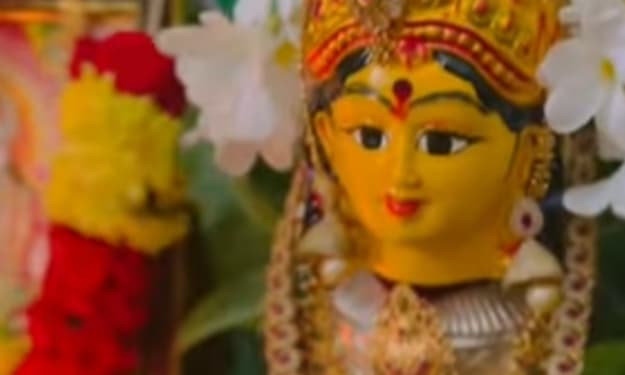What happened lord Ayyappan
performing in the birth of Ayyappan. This godly origin story places Ayyappan in a unique position within Hindu tradition, bridging the Shaivite and Vaishnavite traditions. Early Life and Cautions According to legend, Ayyappan was set up as an child by King Rajashekhara of Pandalam, a small area in Kerala.

Lord Ayyappan, also known as Ayyappa, is a deified deity in South India, particularly in the state of Kerala. The tradition girding Ayyappan is rich and multifaceted, combining rudiments of Hinduism, Buddhism, and original myth. His most notorious sanctum is located at Sabarimala, a hill temple in the Western Ghats of Kerala, which attracts millions of pilgrims every time.
Mythological Origins of Ayyappan Ayyappan is believed to be the son of Shiva and Vishnu. The story goes that during the churning of the ocean, Mohini, a womanish icon of Vishnu, was born to distribute the drinkable of eternity among the gods. Shiva, charmed by Mohini's beauty, united with her,
performing in the birth of Ayyappan. This godly origin story places Ayyappan in a unique position within Hindu tradition, bridging the Shaivite and Vaishnavite traditions. Early Life and Cautions According to legend, Ayyappan was set up as an child by King Rajashekhara of Pandalam, a small area in Kerala.
The king and queen, childless for multitudinous times, espoused the baby, who displayed extraordinary rates from a immature age. Named Manikandan, he performed several cautions, including curing the visionless and the sick, and displayed unmatched valor and wisdom. The Demon Mahishi One of the central myths associated with Ayyappan is his battle with the demon Mahishi.
Mahishi, a demoness with the head of a buffalo, had entered a boon that only a child born of Shiva and Vishnu could master her. When she began terrorizing the firmament and earth, the gods turned to Ayyappan. He defied Mahishi and, after an grand battle, subdued her, restoring peace and earning the appreciativeness of all beings. This win is celebrated annually during the Makaravilakku festival at Sabarimala. Passage to Sabarimala The passage to Sabarimala is one of the largest periodic religious gatherings in the world. Addicts take over a rigorous 41- day vratham( austerity period) involving continence, a amenable diet, and quotidian prayers. They wear black or blue attire,
representing repudiation, and carry a' irumudi kettu'( a cloth pack containing offerings) on their heads. The trip to the temple, located amidst thick timbers and steep hills, is laborious, representing the spiritual struggle and the soul's trip towards liberation. Sabarimala Temple and the Makara Jyothi The Sabarimala temple is unique not only for its deity but also for its traditions.
The temple is open to addicts only during specific periods the Mandalapooja(mid-November tomid- January), Makara Sankranti( January 14), and the first five days of each Malayalam month. A pivotal highlight is the Makara Jyothi, a celestial light that appears on the horizon on the evening of Makara Sankranti. Addicts believe this light to be a godly manifestation and witnessing it's considered largely auspicious.
difficulties and Challenges Sabarimala has been at the center of several difficulties, particularly regarding the entry of women of menstruating age( 10- 50 times). Traditionally, women in this age group were barred from entering the temple, a practice bedded in the belief that Ayyappan is a virgin deity. In 2018, the Supreme Court of India ruled that women of all ages could enter the temple, sparking wide protests and debates.
This decision stressed the pressure between tradition and modern interpretations of equality and religious practices. The Secret of Sabarimala The" secret" of Sabarimala is constantly linked to the mystical and spiritual exploits that devotees claim to have during their passage. multitudinous speak of a deep sense of peace and godly presence, especially upon reaching the temple and witnessing the Makara Jyothi.
This secret is not a palpable fact but rather an empirical verity that each pilgrim discovers through their trip of faith, discipline, and devotion. Conclusion Lord Ayyappan and the passage to Sabarimala embody a emulsion of tradition, church, and cultural traditions. The story of Ayyappan, from his godly birth and heroic deeds to the rigorous passage and the mystical exploits at Sabarimala, continues to inspire millions. Despite modern difficulties and challenges, the substance of Ayyappan's legend and the spiritual vehemence it evokes remain deeply hardwired in the hearts of addicts, making Sabarimala a beacon of faith and devotion.





Comments
There are no comments for this story
Be the first to respond and start the conversation.